Transparent Prices
Discover our flexible pricing models to suit your company.
With our ready-made immersive soft skills training courses, you'll build a working atmosphere in your teams that your employees love.

With 3spin Learning, your employees improve their soft skills by talking to AI avatars - either on PC or even in VR glasses.
In a wide range of hands-on learning units, they learn about the fundamentals of successful communication, conflict resolution, and giving and receiving feedback.
Soft skills training has been proven to make companies more successful: a study by the renowned provider “DDI” shows productivity increases of 36%.





Employees are trained in basic communication techniques to avoid misunderstandings and optimize teamwork promoting a productive and harmonious working environment.
3 units + 1 exam (approx. 80 min. study time)

Your teams learn to resolve conflicts effectively and constructively, which contributes to a positive working atmosphere and strengthens cooperation within the company. This increases productivity and employee satisfaction.
3 units + 1 exam (approx. 80 min. study time)

Employees are trained to give constructive and motivating feedback. This supports personal and professional development and contributes to a positive corporate culture.
3 units + 1 exam (approx. 80 min. study time)

With our AI-powered recruiting training, your teams can practice realistic interviews, receive direct feedback, and impress applicants with their professionalism, empathy, and clear communication. This enables you to attract and retain top talent for the long term.

Employees are prepared to remain calm in stressful situations and develop efficient solutions. This increases the quality of service and contributes to a better customer experience.
3 units + 1 exam (approx. 80 min. study time)

All training courses can be customized to your individual needs with our included No Code Editor. Just with a few clicks and without programming.
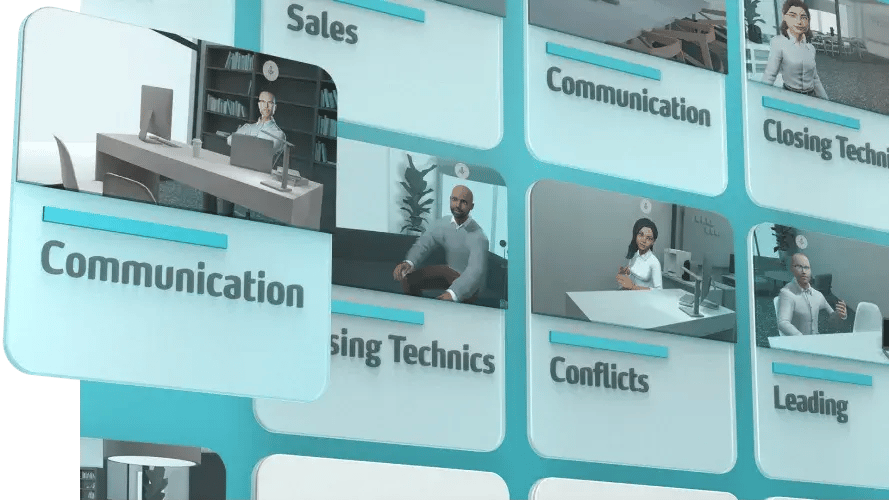
Benefit from our extensive course library with lots of free content delivered directly with our platform. Discover the full range for your training courses now.

We provide customized training units that are individually tailored to the needs of your customer service employees.

Employees are trained in basic communication techniques to avoid misunderstandings and optimize teamwork promoting a productive and harmonious working environment.
3 units + 1 exam (approx. 80 min. study time)

Your teams learn to resolve conflicts effectively and constructively, which contributes to a positive working atmosphere and strengthens cooperation within the company. This increases productivity and employee satisfaction.
3 units + 1 exam (approx. 80 min. study time)

Employees are trained to give constructive and motivating feedback. This supports personal and professional development and contributes to a positive corporate culture.
3 units + 1 exam (approx. 80 min. study time)

With our AI-powered recruiting training, your teams can practice realistic interviews, receive direct feedback, and impress applicants with their professionalism, empathy, and clear communication. This enables you to attract and retain top talent for the long term.

Employees are prepared to remain calm in stressful situations and develop efficient solutions. This increases the quality of service and contributes to a better customer experience.
3 units + 1 exam (approx. 80 min. study time)

All training courses can be customized to your individual needs with our included No Code Editor. Just with a few clicks and without programming.

Benefit from our extensive course library with lots of free content delivered directly with our platform. Discover the full range for your training courses now.

We provide customized training units that are individually tailored to the needs of your customer service employees.
All training courses can also be accessed in a web browser without installation.

Trusted by companies looking for measurable progress and real change.

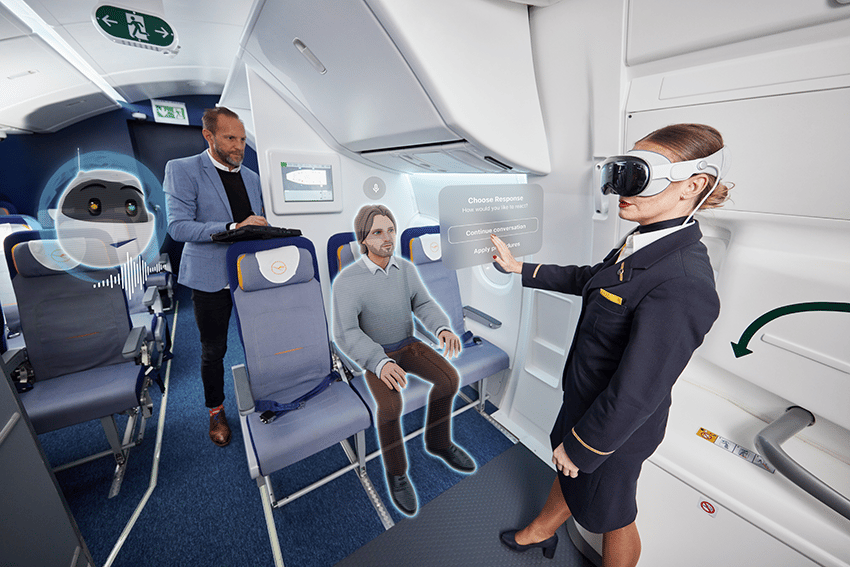
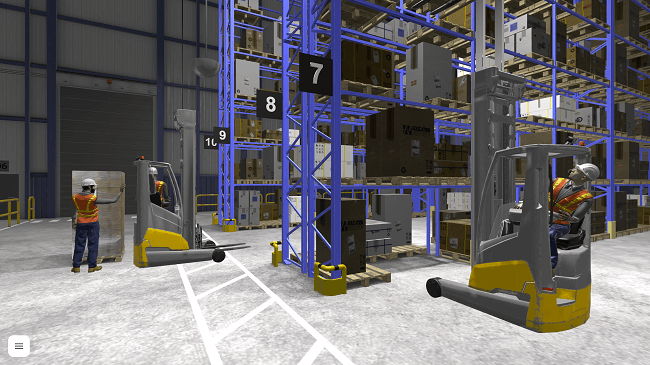
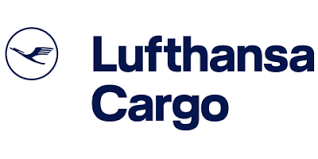
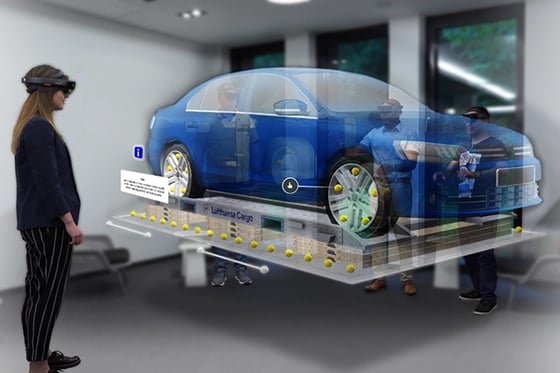
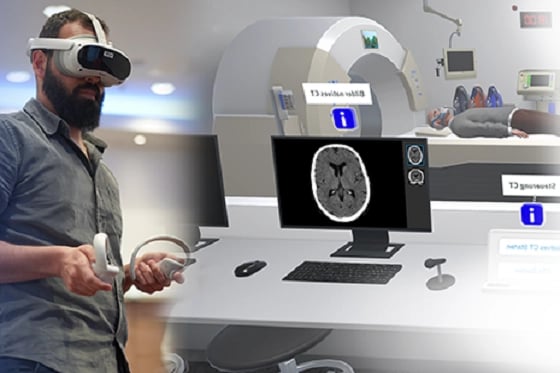

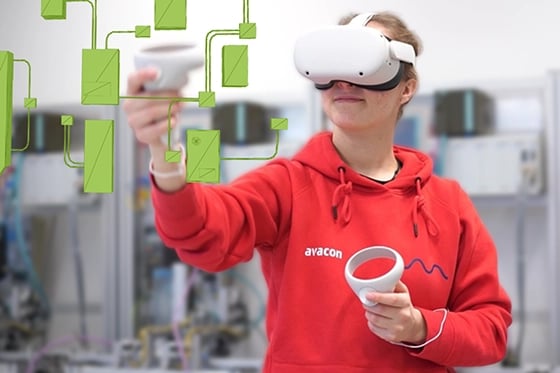

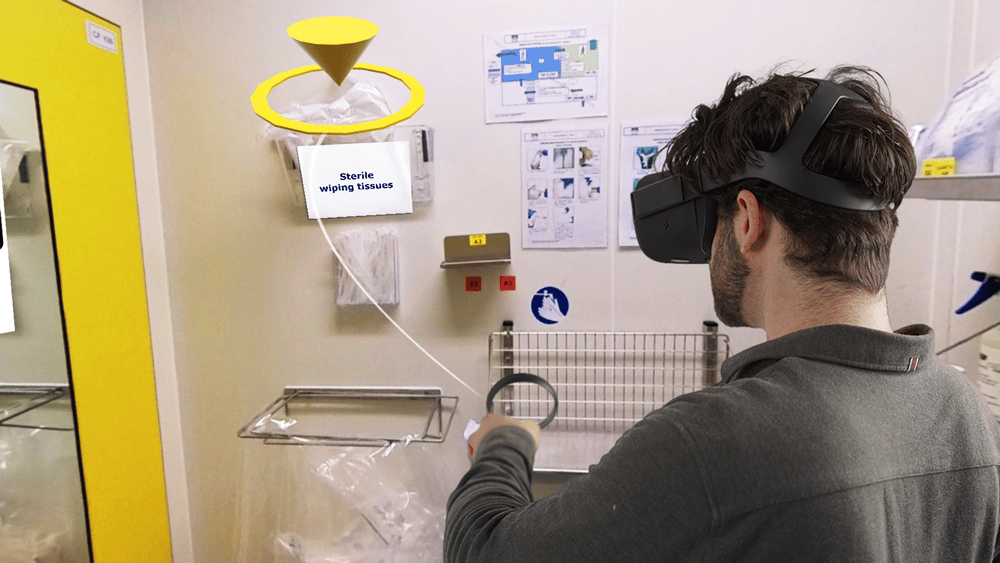
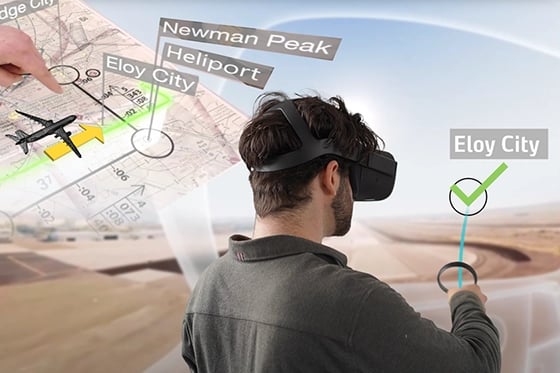
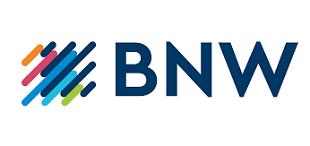
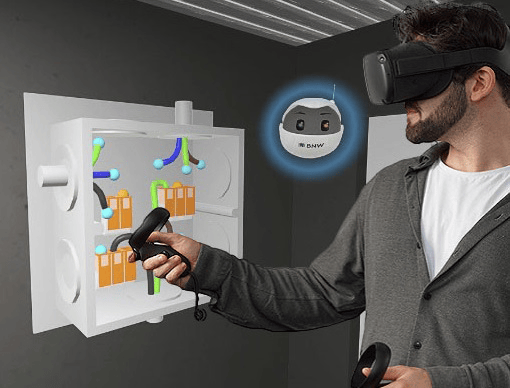

Whether it's planning or successfully implementing your learning projects: 3spin Learning supports you every step of the way and ensures that complex learning is simple and effective.
Discover our flexible pricing models to suit your company.


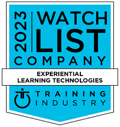




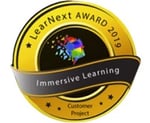

Take the next step in professional development and discover in our white paper how AI enhances learning and communication.
Product insights
A specific assessment of your particular requirements
Hands-on industry-specific case studies